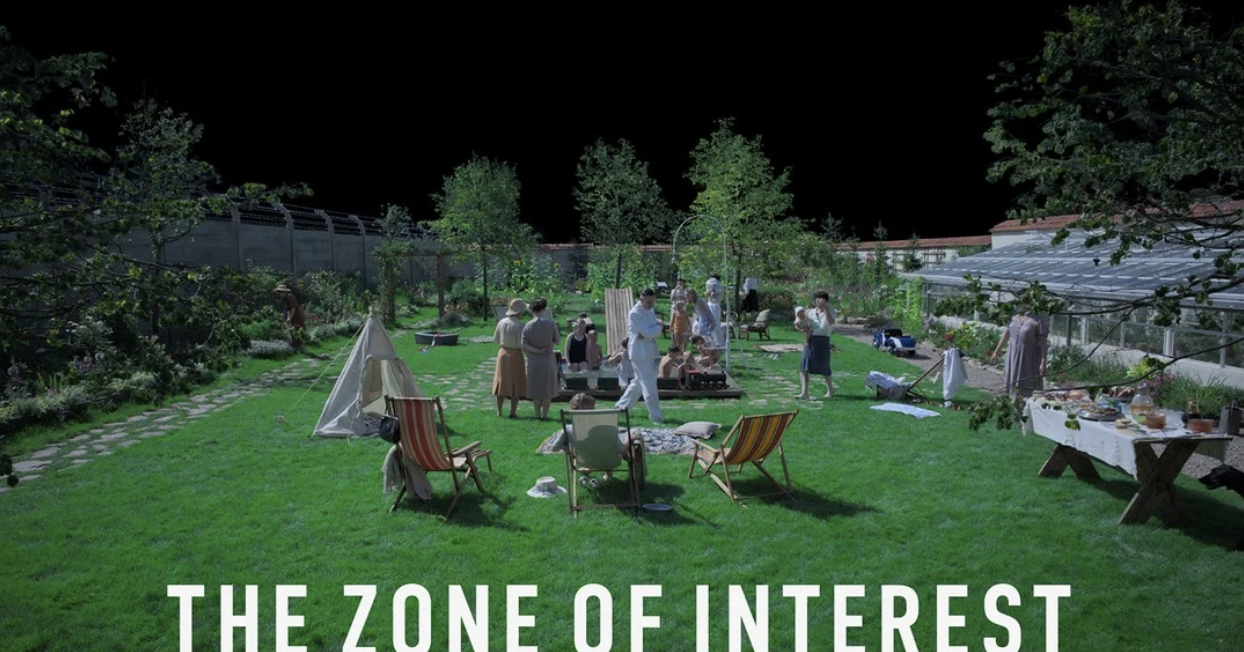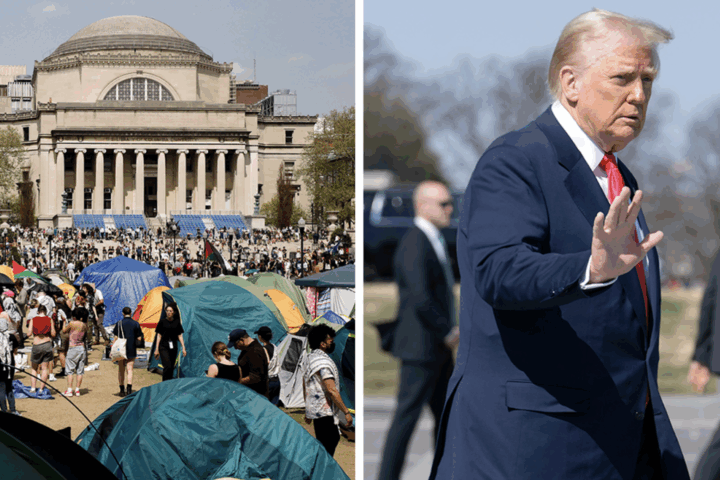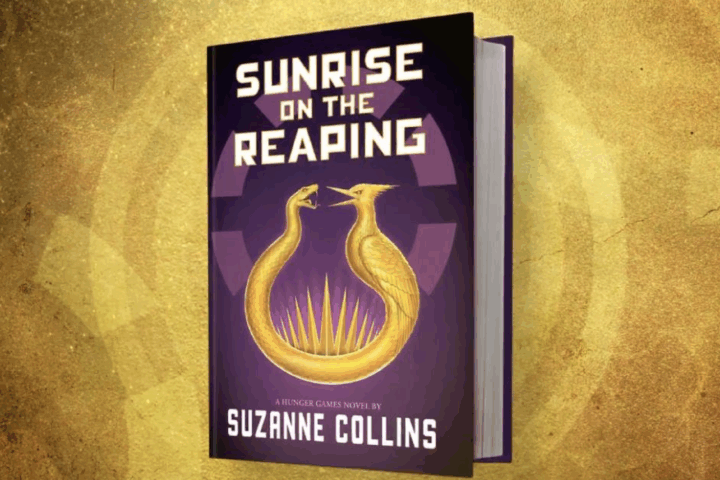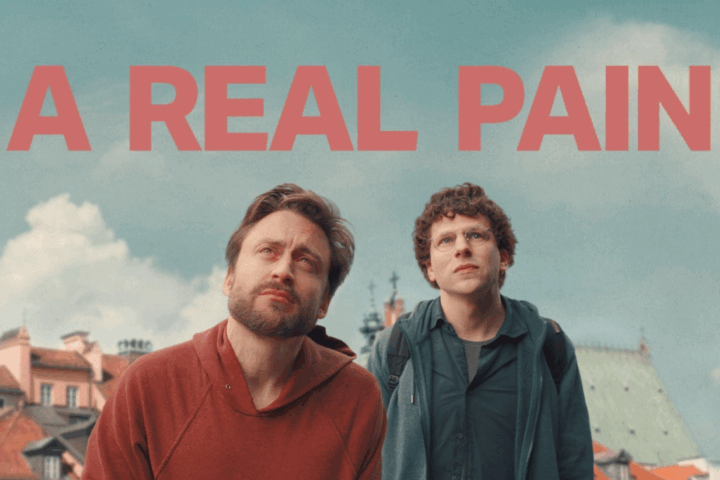Cinematography: 9/10
Costumes: 8/10
Sets: 9/10
Acting: 7.5/10
Special Effects: n/a
Character development: 8/10
“The Zone of Interest” emerges as a thought provoking exploration of the evils of humanity during World War II. Starring Christian Friedel as Rudolph Höss, a high ranked SS officer in the Nazi army and his family, the film is an adaptation of Martin Amis’s acclaimed novel, diving into the moral complexities of the Holocaust. While tackling such a sensitive subject matter, director David Fincher creates a hauntingly, deeply moving cinematic experience. The film is in German with English subtitles and the box office made $22.1 million.
One of the film’s main notable strengths is its sound, even so much that I believe it has a high chance of winning Best Sound. As viewers, we never see the atrocities happening inside of Aushoiz, we only hear them. The juxtaposition solely through the sound of the blood curdling screams and cries for help of the people versus the wealthy SS Nazi officer in his pristine upper class house outside of the walls of the camp, was incredible. “There are, in effect, two films,” said Glazier in an interview with the Guardian. “The one you see, and the one you hear, and the second is just as important as the first, arguably more so. We already know the imagery of the camps from actual archive footage. There is no need to attempt to recreate it, but I felt that if we could hear it, we could somehow see it in our heads.” In addition, the entire film is in German, giving yet another layer of complexity and realness to the story.
In addition to sound, another powerful cinematic technique is through cinematography. Unlike other films about the Holocaust, “The Zone of Interest” focuses on the perpetrators rather than the victims as the camera never strays beyond the wall that separates the commandant’s garden from the camp itself. An example of this is shown at the start of the film where two workers, presumably from the camp, washed off Höss’ boots which were covered in blood. Though there was no dialogue, the overhead shot was powerful on its own. In addition, because it was at the start of the film, viewers had little information about the family, and this shot provided more context into the evils of Höss.
In all, you needed to have context about the atrocities of the Holocaust to understand why this film was so chilling and provocative. There were “easter eggs” that only viewers who recognized the subtle context of some behaviors of the characters would be able to appreciate. For example, when the women in the house get a new “shipment” of clothes, Höss’ wife, Hedwig Höss, immediately looks in the lining of the fur coat for jewels. The shipment refers to clothes that previously belonged to Jewish families. The women then talk about how one of the women who works at the house took a dress from a “Jew half her size.”
At some points, however, the film was slow moving and mundane, but that was the director’s intention, to show viewers the family’s everyday lives, how they lived, and how they called that house outside of Auschwitz, home. In addition, the interesting thing about this film was that it was hard to truly process how evil Rudolph Hoss truly was because his family appeared as “normal.” Glasser also stated in an interview with the Guardian that “The Zone of Interest is a movie about extreme cognitive dissonance. It’s about the mundanity of evil. It’s about the fact that the Nazis—whom we like to think of as monstrous exceptions to humanity—looked an awful lot like regular people leading regular lives.”









